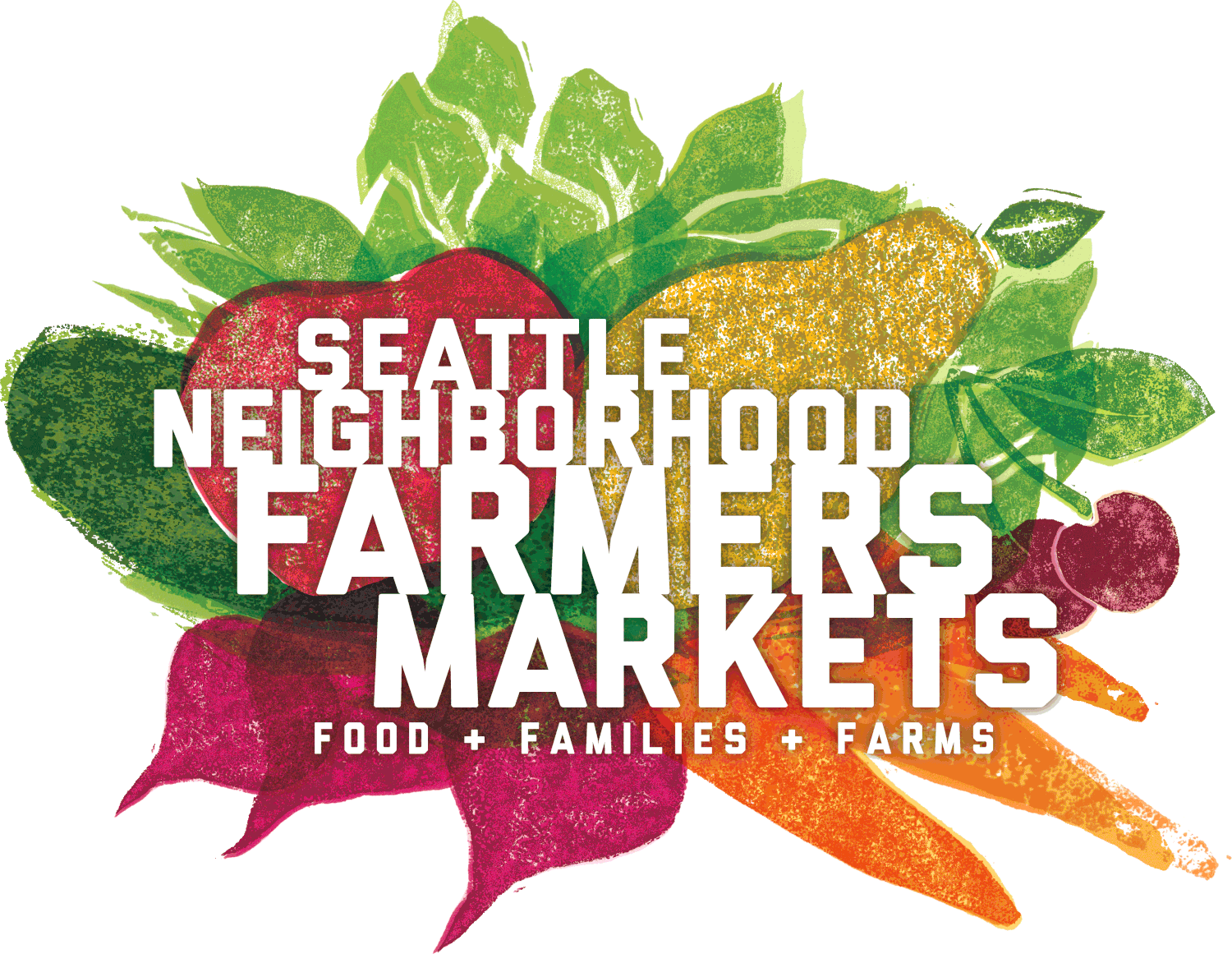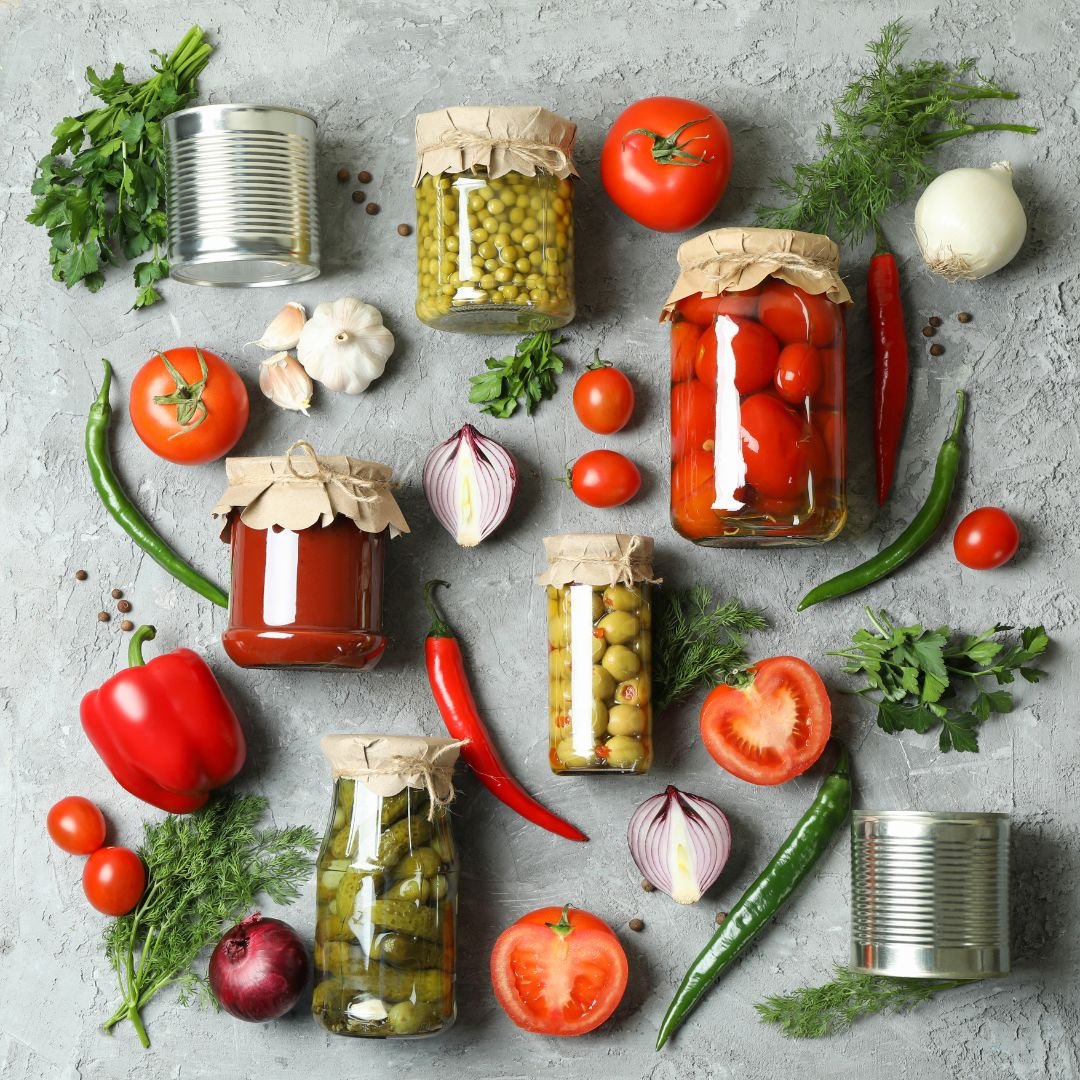Pickling and Canning 101
Help your money and food go further by pickling and canning your produce.
Last week we dove into the briny deep to the microbe filled world of fermentation. This week we will continue our month long exploration of food preservation methods by discussing the benefits and techniques of pickling and canning foods.
Our hope is to help you save money, save food, and increase the nutrition and flavor of the food you put on your table year round. The markets are abundant right now, but as fall transformations take root, it's fun to find ways to save and bottle up a bit of summer.
For anyone new to the world of pickling and canning, yes, they are different than fermentation.
Fermentation relies on yeast and lacto bacteria to perform a chemical process to acidify and preserve food. This then causes the food to become probiotic. (You can learn more details about that process in our blog post from last week.)
Pickling relies on hot water, vinegar, and salt being added to pasteurize and preserve the vegetables of your choosing. See an all-purpose recipe here.
Canning on the other hand relies on heat and pasteurization and vacuum sealing to preserve.
You can pickle or can just about anything but since pickling requires acid and salt, it will offer you a different flavor profile. Canning is a more ‘pure’ preservation of just the fruit or vegetable itself since nothing is added except heat to kill any microbes.
Pickles generally need to be refridgerated, but canned goods are shelf stable at room temp as long as they are still sealed and not opened. Once opened, canned goods also need to be put in the fridge.
You can make your own or pick up some pickled and canned items at our markets year round at U-District, West Seattle, or Capitol Hill.
Here are some books you might find useful in your continued exploration of food preservation techniques: Book Larder

